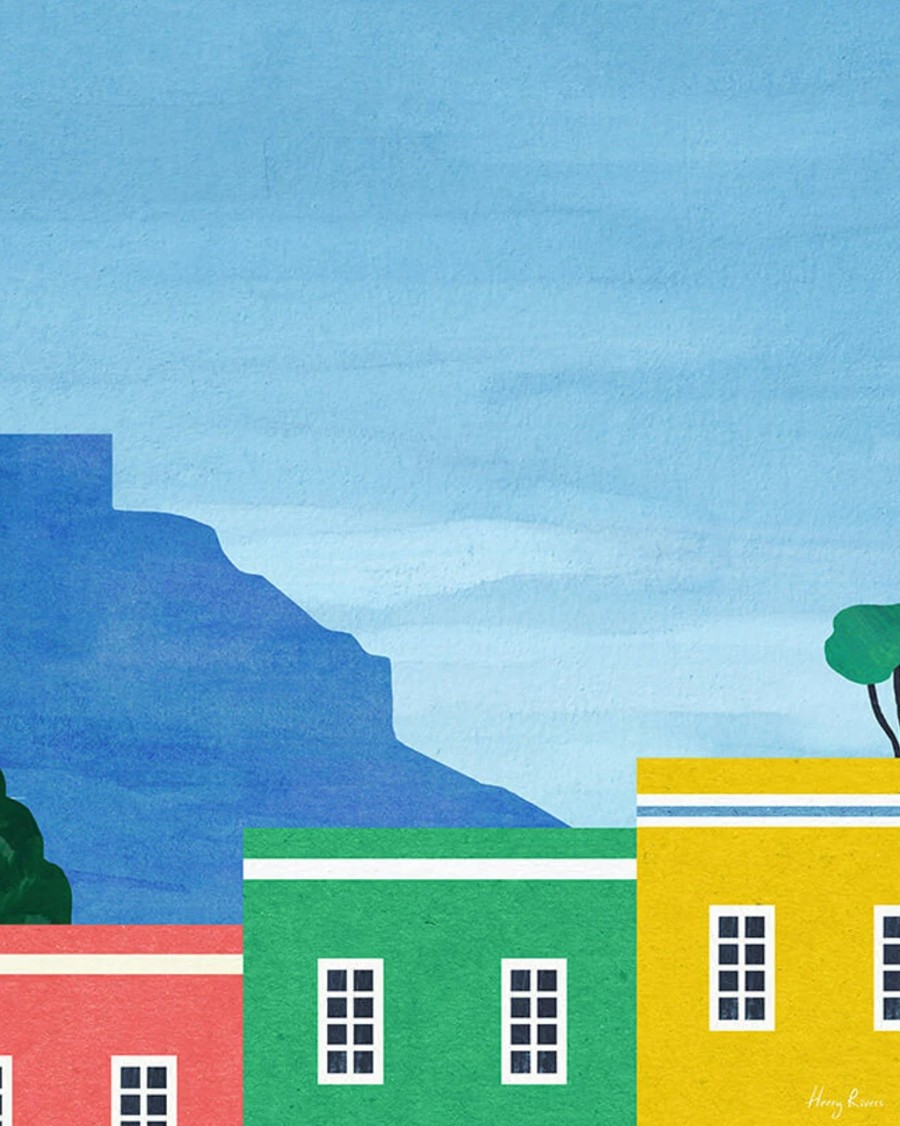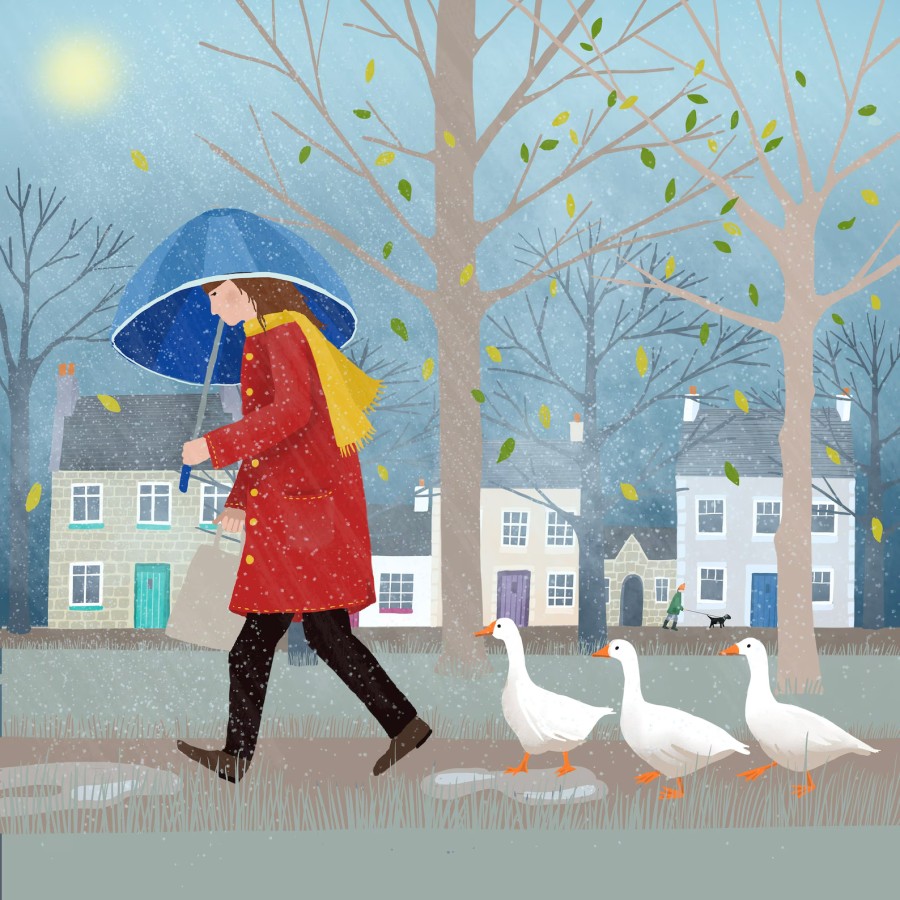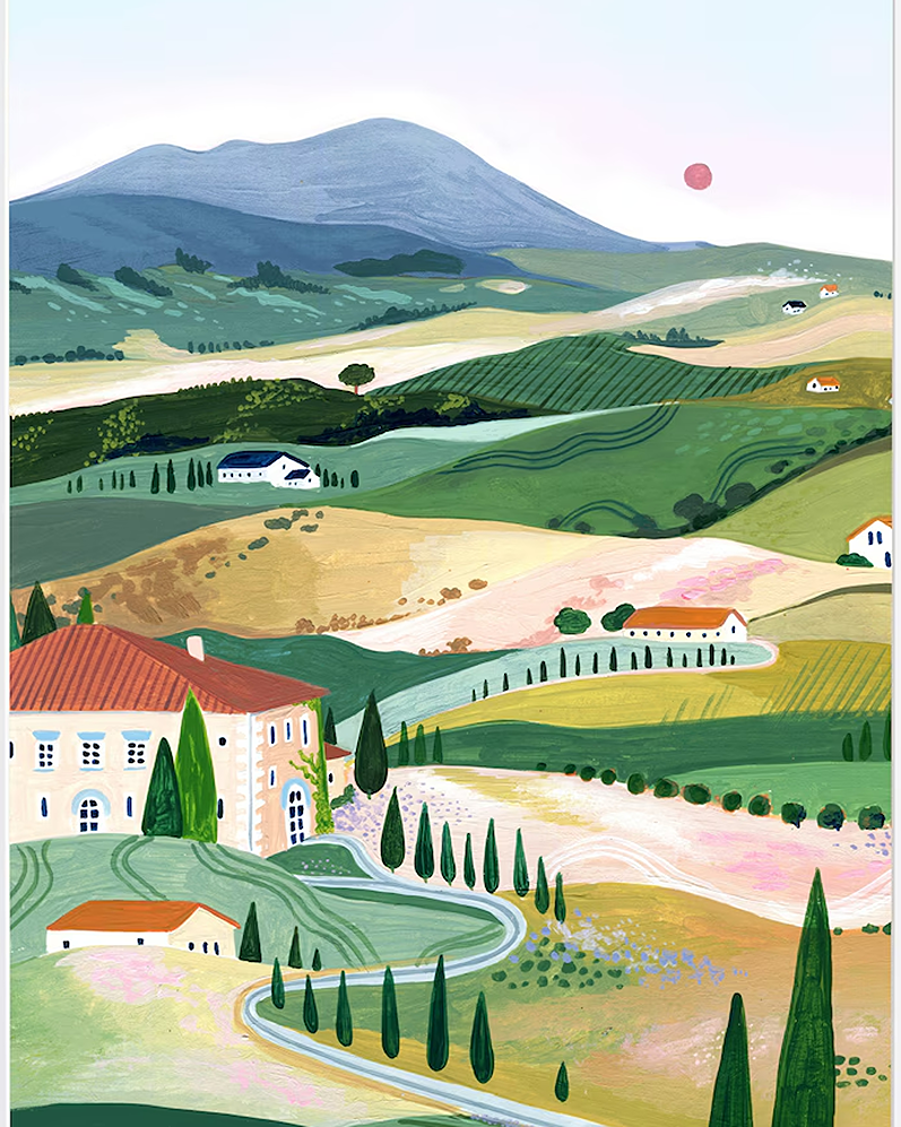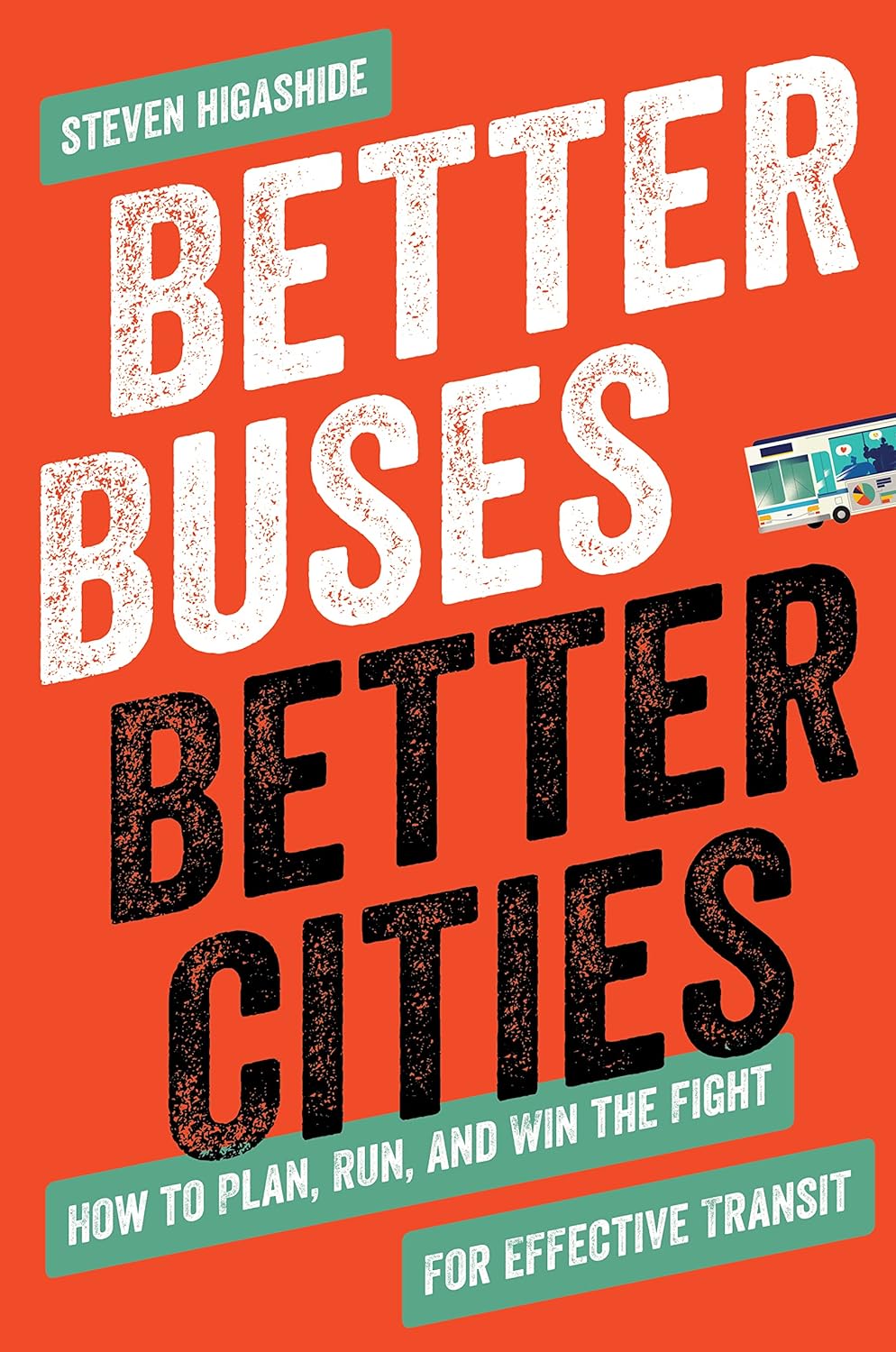
Buses are safe and cheap, yet far less popular than trains, and councils often have dire bus services (many towns have no services at all on weekends). Yet they are a great way to remove traffic off our roads and usually more local than train stations for rural areas. It’s important to invest in good bus services that are clean, affordable and regualr. Vote in councils who believe public transport is more important than cars. Better Buses, Better Cities for more ideas.
London’s double-decker buses are now all zero-emission, and carry around 6 million people daily across the city, all in each day over the city. It’s rumoured that Ian Fleming’s James Bond novels were inspired by the number of the bus (007) that used to pass by his favourite pub!
The busy city of Miami (US) offers free on-demand electric buses, paid for by advertising. Local shops offer deals to encourage people to ride to their area (many people don’t visit out-of-town due to traffic, petrol prices or poor public transport). And friendly dogs ride for free!
In Portland (Oregon), Trimet is regarded as the best public transit system in the world. Residents get one cheap ticket to ride the bus, tram and trains (veterans, seniors and disabled people often ride for free, and volunteers take blind passengers round until they feel confident: all platforms have Braille timetables). Each Feb 4, the company offers free travel, in memory of Rosa Parks (who refused to move from her seat, and began the civil rights movement).
don’t think of bus travel as ‘inferior’
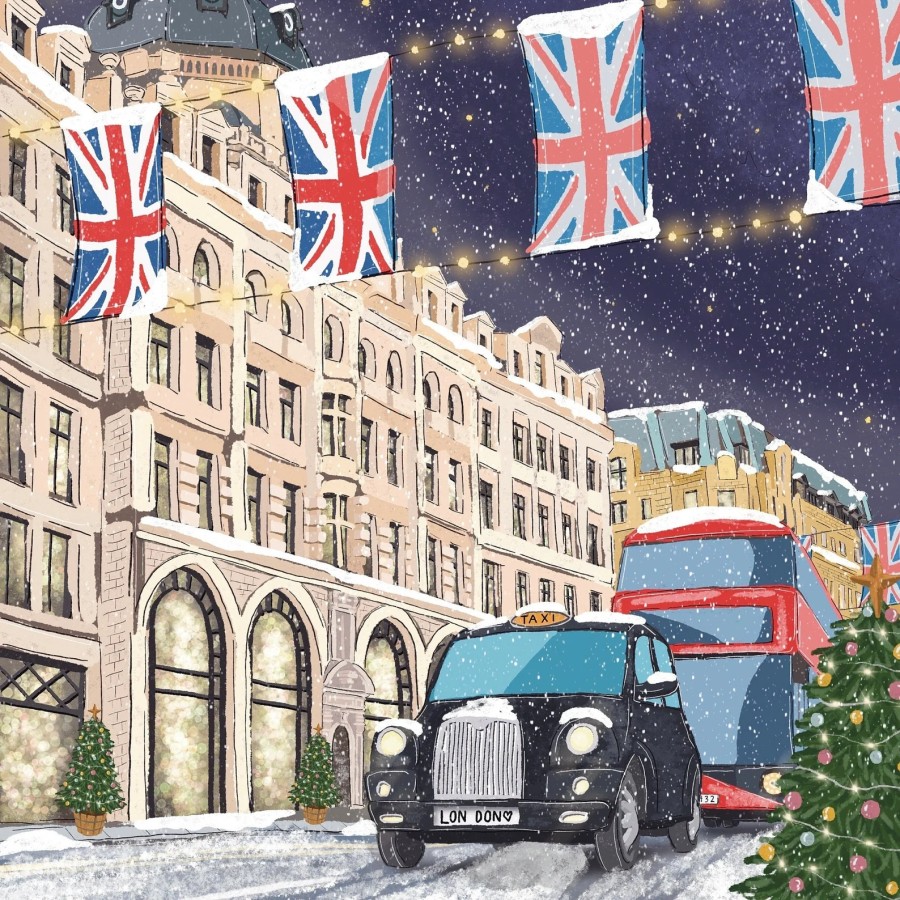
Bus travel is not just for people who can’t drive or who have lost their license. Before he became Pope Francis, Fr. Jorge Mario Bergoglio frequently took the bus as Archbishop of Buenos Aires.
A YouGov survey found that around half of people don’t like to take buses due to them being noisy and uncomfortable. Bogotá’s former mayor in Colombia ripped up the car budget and used it to build bus lanes, pavements, bike tracks and parks (resluting in 50% reduction in road traffic):
An advanced city is not one where even the poor use cars. But rather one where even the rich use public transport. Enrique Peñalosa
be sure to apply for your free bus pass

If you are of pension age, order a free bus pass (age 60 if you live in London, which lets you travel free on other transport). Disabled people can apply for Taxicard that gives limited free travel (including for carers) across the city. Some councils give free bus travel in your birthday months, £2 ‘anywhere in the county’ tickets and discounted season tickets.
install solar bus stops and timetables
Solar bus stops and schedules cost nothing to maintain once installed, and turn off when not in use (to stop wildlife light pollution). Solar bus stops letdrivers see those waiting at bus stops (safer for women).
With talented graphic designers around, why are train (and bus) timetables so badly designed? It’s confusing for most of us, let alone people with bad eyesight or dementia. This Canva schedule could easily be adapted.
The Big Lemon (soon to be renamed The Big Orange) is a privately-owned fleet of solar-powered buses. The company began by running the buses on diesel oil (from local chip shops who got free ads in return). Today it has solar buses here and in other cities, and also hires out the buses for trips and parties, along with a college shuttle bus. Their Happy Bus is designed for giving back. Just nominate someone whose lives would be brightened up with a bus trip with friends, and the winners get a free trip. Limited to Sussex, so they don’t run out of solar power to take them home!
a ‘free’ bus transport idea in Miami
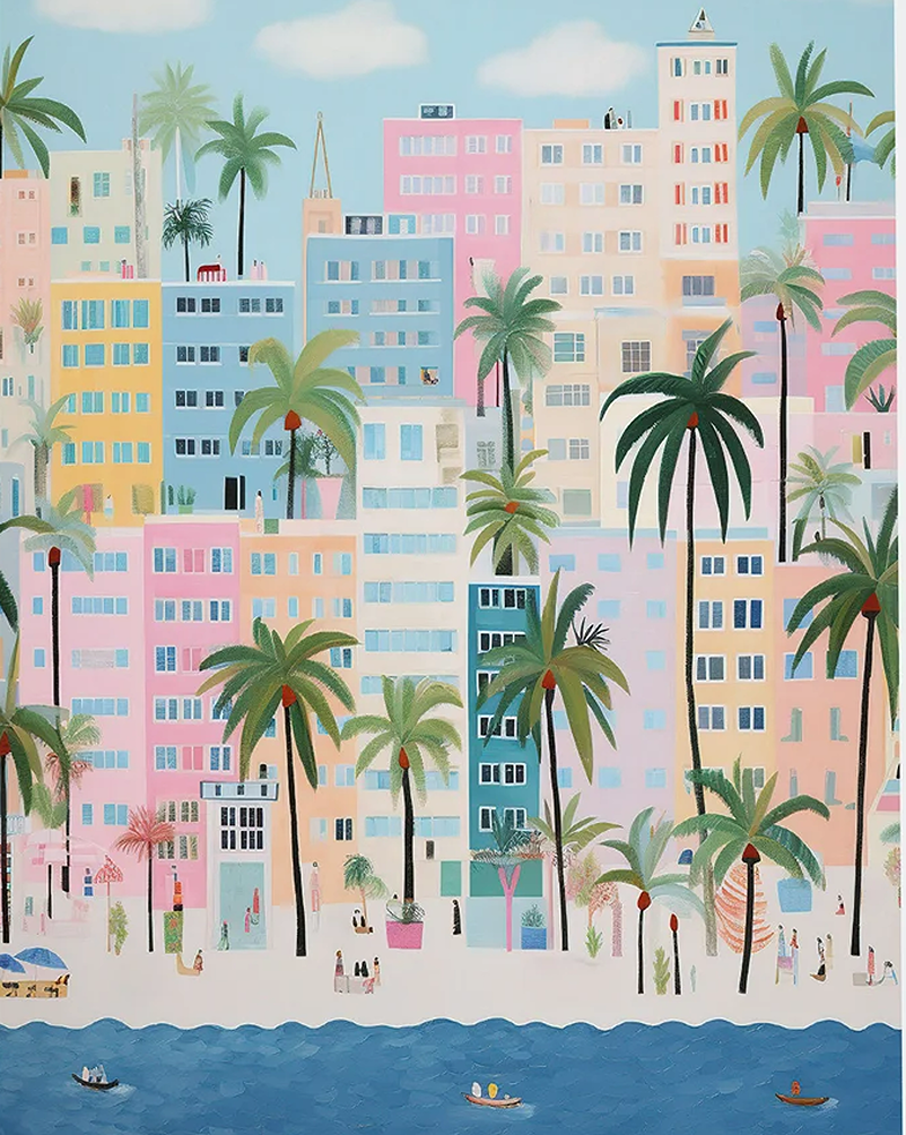
Miami is one of the USA’s sunniest states, and the most visited after New York, so therefore it receives millions of tourists each year. It also is home to one of the busiest airports and home to the world’s busiest cruise port, with over 5 million passengers embarking from it. So you can imagine the road traffic. But it has a wonderful system to help take back our streets from cars.
Freebee is a wonderful free on-demand electric transport system, to ferry people around the city, whether they are commuting, on holiday or even going from golf course to golf course! The vehicles are emission-free, but the key word here is free! The drivers are all trained and screened for safety, and paid for by advertising on the vehicles.
Local indie shops and businesses can link to the free app, so people can book a ride to visit, and the business in return can then offer deals, to encourage people to visit. This is a great boon, considering one reason why many people don’t support indie shops is lack of transport to get there. How many times have you thought you’d like to visit a small out-of-city indie place, but decided not to, due to traffic, petrol prices or poor public transport? And friendly dogs ride for free too!
ask your council to create a ‘wiggly bus’
One idea for rural communities that can greatly encourage bus travel is a ‘wiggly bus’. These are buses that use GPS software so that the admin office knows where the bus is for safety. Then rather than ‘set times’, people can ‘phone up for a bus’ or hail it down, as the bus ‘wiggles’ through rural villages. It operates a bit like an on-demand rural taxi, but for several people and villages rather than one, to save costs (and only one bus and driver is needed). On-demand bus services are already operating in Surrey, Nottinghamshire and the West Midlands
make use of local community transport
With big companies like Stagecoach increasingly cancelling rural services due to ‘lack of profit’, it makes sense to look for local community transport. In Yorkshire, the recent axing of two local bus services resulted in one man with skin cancer now having to book a taxi to hospital, and no longer being able to tend his allotment two miles away.
One local campaigner says that big bus companies ‘decide where buses go, how much to charge and what timetables look like’. When of course, buses should run according to community needs. Bus services have reduced by around 80% in the last 15 years or so in small communities. Children are entitled to free school transport, if there is no safe walking route, children have special needs or the school is 2 to 3 miles away (laws differ for age).
the world’s best public transit
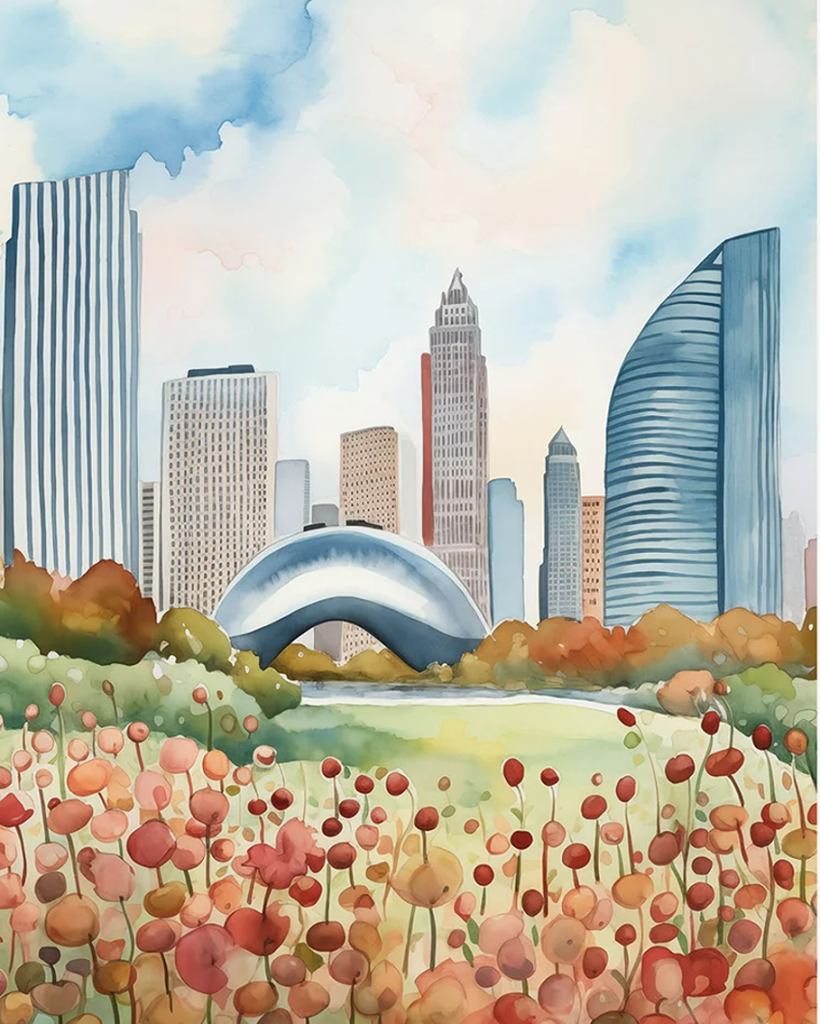
Along with Chicago (above), The rainy northwest city of Portland (just south of Canada) boasts Trimet, which offers linked bus, train and light rail travel throughout the city and to the outskirts (free and discounted for older and disabled people, including Braille signs and volunteers to help people navigate until they’re used to it). The city also boasts street tree programs, 92,000 acres of public parks, public buildings run on clean energy, nappy laundries and vegan shopping malls.

